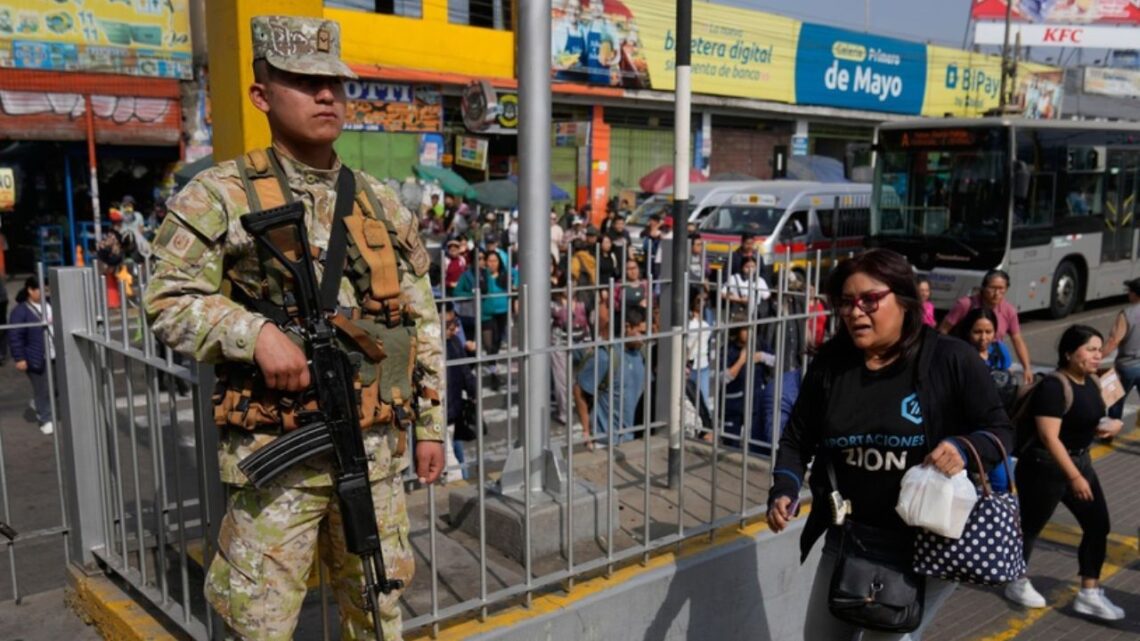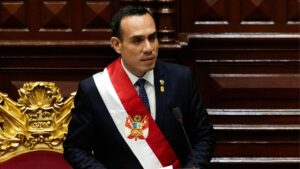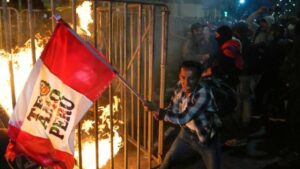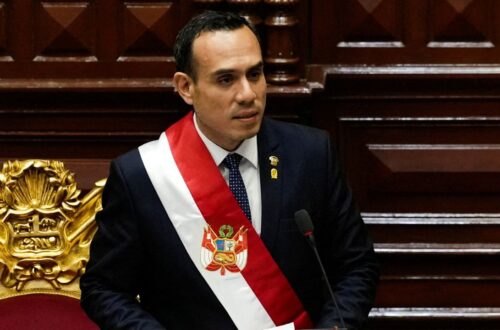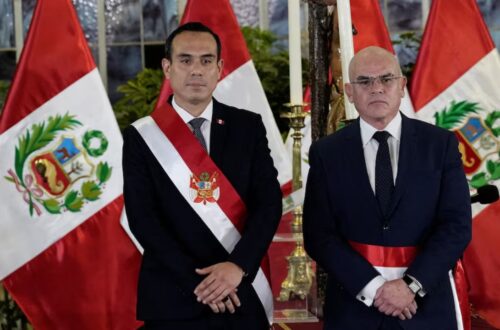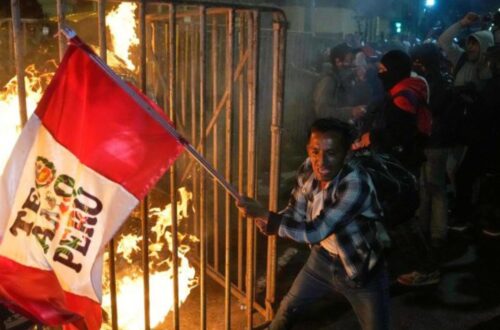Residents in Lima, Peru’s capital, woke up to see more soldiers and police patrolling the streets after new President José Jerí declared a 30-day state of emergency to fight the country’s growing crime crisis.
This major move, announced in late October 2025, suspended several civil rights and placed the city under tighter security controls.
Why the Emergency Was Declared
President José Jerí, who took office on October 10, made this decision after public anger over violent crimes and widespread extortion reached a breaking point. His predecessor, Dina Boluarte, was removed from office partly because she failed to stop rising crime rates.
Jerí’s government said the new order was needed to restore peace and protect citizens from gangs that have spread fear in neighborhoods across Lima and the nearby port city of Callao.
What Restrictions Are in Place
Under the emergency order, several rights have been temporarily suspended. People can no longer hold public protests, and gatherings are heavily restricted. Authorities can search homes without a warrant in certain cases, and visits to prisons are limited.
Some everyday activities have also been banned. For example, two adults cannot ride on the same motorcycle—a rule meant to prevent drive-by robberies and shootings. Prison officials are also allowed to cut power to prison cells, keeping only basic lighting for security reasons.
The Situation on the Streets
Security forces now guard major intersections, bus stops, and shopping areas. In many neighborhoods, armored vehicles and checkpoints have become a common sight. The government hopes that this strong presence will discourage criminals and reassure residents.
However, many people remain doubtful. A commuter in northern Lima said, “They bring soldiers out for a few days, then they leave, and everything stays the same.” His frustration is shared by many Peruvians who have seen similar crackdowns in the past.
Crime Trends in Peru
Crime in Peru has risen sharply over the last few years. Official figures show that murders and extortion are now at record levels.
Crime Statistics in Peru
| Year | Homicide Cases | Extortion Complaints |
|---|---|---|
| 2017 | 676 | — |
| 2020 | — | 2,305 |
| 2024 | 2,082 | 21,746 |
Most victims are working-class citizens, including small business owners, drivers, and shopkeepers who face daily threats from organized crime groups demanding payments.
Mixed Reactions from the Public
While some citizens welcome the move, saying it’s time for the government to act firmly, others fear that it could lead to abuse of power and violation of rights.
Human rights advocates argue that such emergency measures must not replace long-term reforms like better policing, fair trials, and social programs that prevent youth from joining gangs.
Critics point out that former President Boluarte also declared a similar emergency earlier in 2025, but crime continued to rise despite the heavy security presence.
What Comes Next
The government has promised that this will be a “different kind of emergency”—one focused on direct action against criminal groups rather than just public displays of force. Still, the next few weeks will be critical to see whether this plan can actually make Lima safer.
Many experts say that true change will require rebuilding trust in law enforcement, reducing corruption, and creating jobs so that young people don’t turn to crime.
Peru’s state of emergency marks one of the toughest security crackdowns in recent years. Soldiers and police now fill the streets of Lima in an attempt to restore order and calm citizens’ fears. Yet, many wonder if this will bring lasting peace or only temporary control.
For lasting safety, Peru will need more than armed patrols—it will need real reforms, stronger justice, and equal opportunities for all.
FAQs
Why did Peru declare a state of emergency?
The government declared it to control rising crime, especially murders and extortion, which have become widespread in Lima and Callao.
What rights are affected under the emergency?
People’s rights to protest and gather are limited, and there are tighter rules on movement and motorcycle use.
How long will the emergency last?
It will initially last for 30 days, but it could be extended depending on the security situation.

